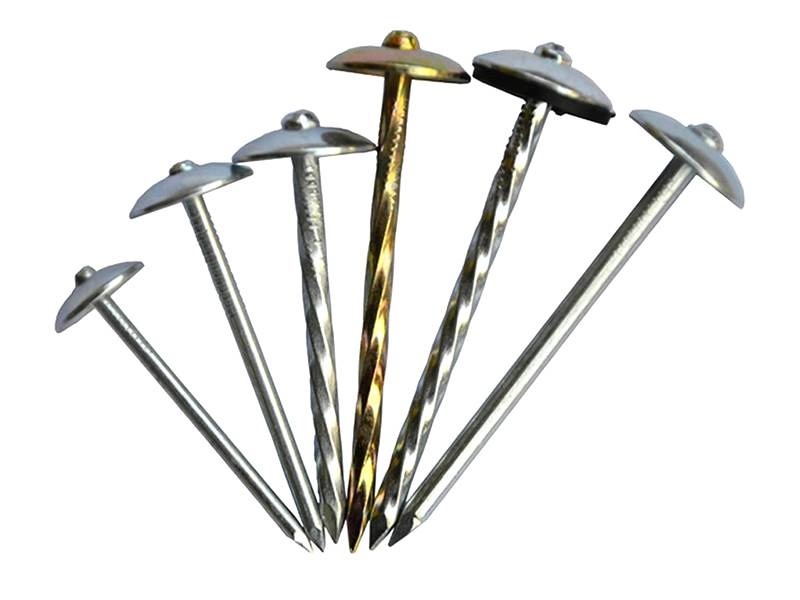
Roofing Nails: What You Need to Know
Table of Contents
ToggleRoofing nails are used to fasten shingles, tiles, and other roofing materials to a building. Roofing nails are available in different lengths, weights, and types. Different types of roofing nails are designed for different purposes. Here is a brief overview of the three most common types of roofing nails:
Uses of Roofing Nails
Roofing nails are essential for securing roofing materials in place and for a variety of other purposes. Make sure you use the correct size nails – too short and they’ll pull out insulation, too long and they won’t go into the substrate properly. Drive nails straight into the substrate using a hammer or an appropriate tool – don’t hammer them sideways or at an angle! Roofing nails come in a variety of lengths and head types, so be sure to choose the right one for the job at hand. If you’re not sure which nail to use, consult a roofing contractor or read the instructions that come bundled with the nails.
Roofing nails types and uses
When it comes to roofing, it’s important to have the right nails for the job. There are three main types of nails used for this purpose – lag screws, shingle nails, and carriage bolts. Lag screws are perfect for fastening boards to the roof deck and provide a more secure connection than shingle nails or carriage bolts. Nails can be galvanized or stainless steel, depending on their intended use. Always install roofing nails by a professional contractor – don’t attempt to install them yourself!
Selection of roofing nails
Roofing nails are an important part of any roofing job. They play a crucial role in holding the roofing material in place, and are required for a variety of different types of roofs. When selecting nails, make sure to consider the type of roof being installed, as well as the materials being used. Nails designed for metal roofs will work well on shingle roofs, but will require a different type of sealant. Additionally, the weight and size of the nails play a role – thicker nails can support heavier weights better than thin nails. Always use safety gear when working with roofing nails, including gloves, eye protection, and a headlamp if needed. With a little bit of knowledge and practice, roofing nails will become a breeze!
What types of roofing nails are available?
When it comes to roofing nails, there are a variety of options available that suit any need or project. Some of the most common types of roofing nails include: galvanized roofing nails, tungsten steel roofing nails, interior grade caulk screws and exterior grade caulk screws. You can find these nails in a range of lengths, widths and thicknesses to suit your specific needs.
Are roofing nailsweatherproof?
Roofing nails are weatherproof but not watertight. This means that even if there is a storm, rain, or snow outside, the roofing nails will hold up and prevent the water from coming into the home.
In some cases, a coating of sealant (like silicone or polyurathane) may be applied to the head of the roofing nail to make it waterproof.
What are some tips for using roofing nails safely and efficiently?
When using roofing nails, always ensure that you are wearing proper safety equipment like a helmet, gloves, and eye protection. Additionally, make sure to use a jigsaw or miter saw if possible so that you don’t have to hand nail the roofing material. Lastly, drive each nail solidly into the substrate before driving any additional nails into it.
Can I use roofing nails on metal roofs?
Yes, roofing nails can be used on metal roofs. They are designed with a harder head that is better suited for handling heavier materials like metal. Additionally, the thicker the head of the nail, the more durable it is and vice versa.
When attaching a piece of weather stripping or flashing to a metal roof using roofing nails, make sure to use sealant between the flashing and the roofing nail to avoid water infiltration.
Conclusion
Roofing nails are an essential tool for roofing professionals and home owners. They are used to fasten shingles, tiles or sheets of metal to a roof, and are available in a variety of shapes, sizes and colors. Make sure to know the different types of roofing nails and their uses so that you can purchase the right nail for the job. Read on to learn more about the selection process and how to use roofing nails correctly!





